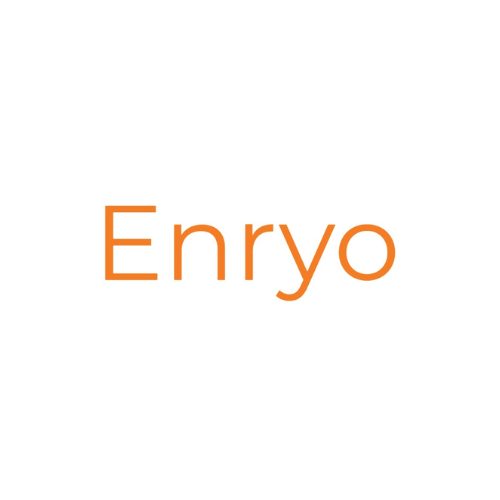The Reserve Bank of Australia (RBA) has expressed interest in adopting a central bank digital currency (CBDC) as the monetary future, envisioning a system where digital money, issued by the state, would act as a tokenized version of central bank reserves.
In an address titled “A Tokenised Future for the Australian Financial System,” Brad Jones, the RBA’s assistant governor for the financial system, discussed the potential benefits and hurdles presented by the digital tokenization of assets and currency. He also highlighted the RBA’s intentions regarding the utilisation of CBDCs as a money alternative.
Jones began his talk by tracing the evolution of various monetary forms across history, and how these financial instruments have transformed over the centuries. Discussing contemporary tokenization, he spotlighted stablecoins and CBDCs.
Jones asserted that stablecoins, when issued by thoroughly regulated financial bodies and backed by top-tier assets like government bonds and central bank reserves, could become a popular medium for settling tokenized transactions. However, he cautioned that stablecoins produced by private entities often entail a higher degree of risk due to the absence of clear regulations. Conversely, he views CBDCs, when conceptualised as tokenized bank deposits, as a promising means for transaction settlements.
Jones further commented that the launch of tokenized bank deposits would only entail a slight shift from the current norm. This is because bank-issued deposits are already frequently traded and settled at face value through the central bank’s ledgers. In a tokenized system, payments between two entities would be concluded through a transfer of settled balances (or wholesale CBDC) between the respective banks of the payer and the recipient.
Jones also unveiled insights from the RBA’s CBDC pilot initiative, which revealed multiple domains where CBDC could enhance the efficiency of wholesale transactions, such as enabling atomic settlements in tokenized asset markets. The trial also underscored the potential of a wholesale CBDC to work in tandem with emerging forms of private digital currency, specifically tokenized bank deposits and asset-supported stablecoins.































































